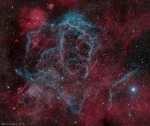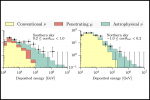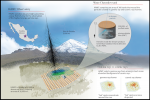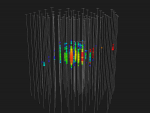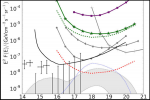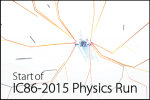A recent work by Markus Ahlers, a John Bahcall fellow at WIPAC, has shown that fluctuations in the cosmic-ray dipole anisotropy can be understood once the local magnetic field and the presence of local CR sources are taken into account.
If learning that you can turn your smart phone into a cosmic-ray telescope was astonishing, you will be now stunned to read how you can use cosmic particles to peek into your phone and measure one of its components.
The High-Altitude Water Cherenkov Observatory (HAWC) is designed to study the sky in TeV gamma rays and observe the most energetic objects in the known universe. Due to its size and location, the observatory will also observe millions of cosmic rays every day, allowing for very precise measurements of the cosmic-ray anisotropy.
A search for neutrino interactions inside IceCube brought evidence of an extraterrestrial neutrino flux. Now the IceCube Collaboration has expanded the search, lowering the range of deposited energy down to 1 TeV.
The ARA Collaboration announces today the first results using data taken during 10 months in 2013. Researchers performed a search for UHE neutrinos that resulted in no neutrino candidates but allows setting a neutrino flux limit in the energy range where most UHE neutrinos are expected to be observed.


